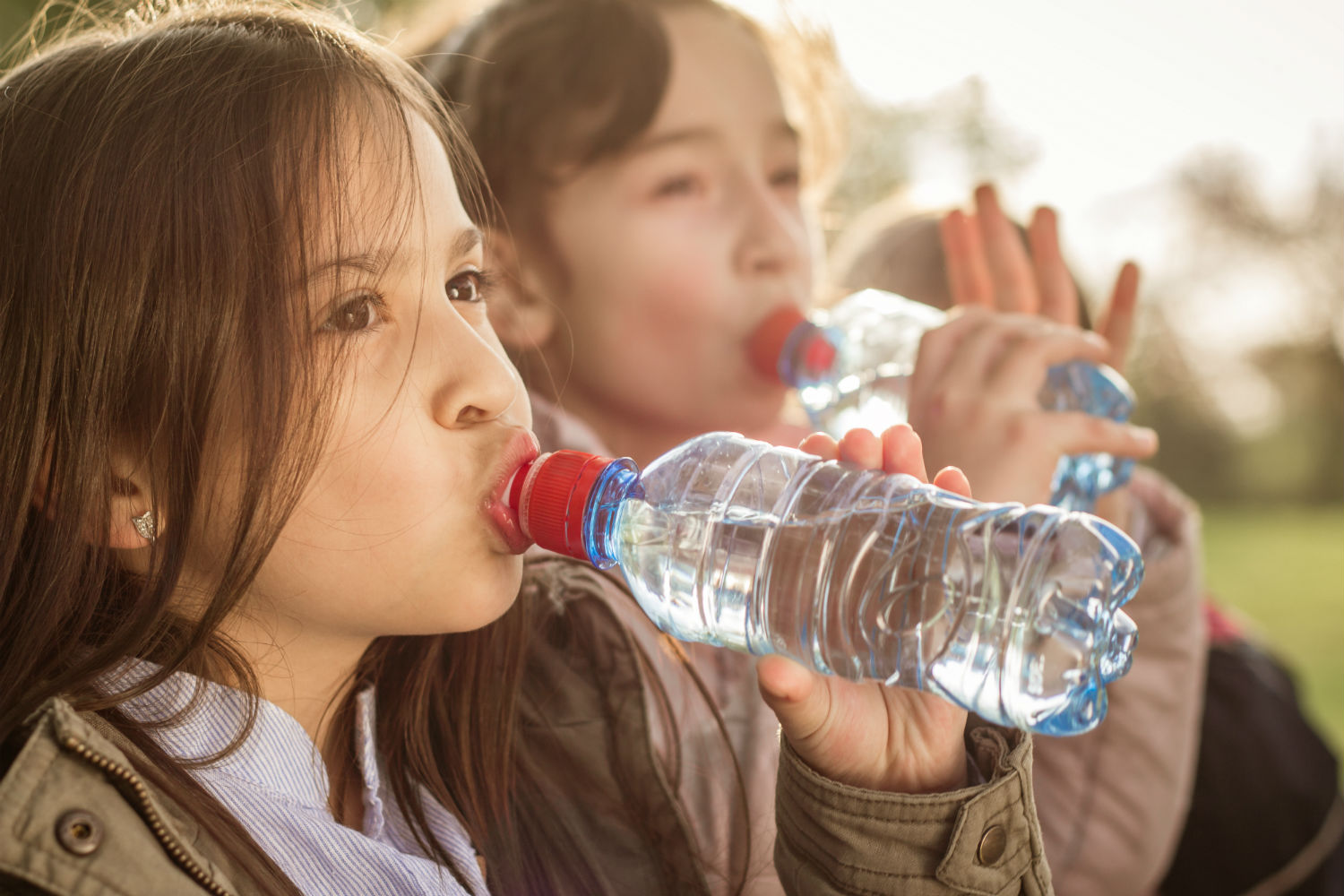By Katherine Ripley
Over 40 percent of New York City elementary school students are overweight or obese. The city has implemented many programs to combat childhood obesity, one of which is simply increasing access to cold water in school cafeterias. There is evidence to suggest that this simple change could make a significant difference in students’ weights. One study found drinking more water can facilitate weight loss, and another study found installing water jets in cafeterias decreased students’ body mass indexes.
The water jet program
In 2010, the New York City Department of Health received federal grant money from the CDC to begin installing water jets in NYC public school cafeterias. Water jets are large jugs that chill and dispense water easily. By the end of 2013, about 40 percent of NYC public schools had a water jet in the cafeteria. Today, 55 percent of schools have them.
Researchers conducted a study on 19 schools, nine of which received water jets, between the years 2010 and 2011. They found that after the water jets were installed, students filled cups or bottles with water three times as often as they did before the jets were installed. One year after the jets were first installed, the increase in water taking had not dropped.
These results suggests that water jets are more effective than water fountains at encouraging children to drink water. This is likely because water jets also come with disposable cups and are easier to use when filling a cup or a water bottle.
Do water jets reduce obesity?
Researchers at New York University conducted a study to figure out whether the water jets had an impact on schoolchildren’s weights. They calculated the body mass index (BMI) figures of students before and after the water jets were installed. As a comparison, they also calculated the BMIs of students in schools that did not receive water jets.
The researchers concluded that the presence of water jets did help kids lose weight. Boys experienced an average BMI reduction of 0.025 percent, while girls experienced an average BMI reduction of 0.022 percent. Though these differences are small, they are statistically significant, meaning there is less than a five percent probability that this reduction was due to random chance.
How does water intake reduce weight gain?
Water is a calorie-free alternative to sugar-sweetened beverages, and research has shown that sugar-sweetened beverages are a major contributor to childhood obesity.
At the time the water jet program began, NYC schools were already prohibited from selling sugar-sweetened beverages in their cafeterias, thanks to the NYC Food Standards implemented by Mayor Bloomberg in 2008. However, water jets caused further a reduction in BMI. This reduction could have come from a decrease in milk purchases, or from kids learning to associate water with meal times. Additionally, having water readily available in the cafeteria may lead kids to choose water when they eat meals at home, as well as at school.
There is also evidence that simply increasing water intake facilitates weight loss. One study found that people who drank two cups of water before a meal lost more weight than those who did not drink water before the same meal. The theory is that drinking water makes people feel fuller, so they eat less. It should be noted, though, that this study was done with adults, not children.
Other benefits
Cafeteria water jets may also help students be more engaged in class. One study at the University of Connecticut found that mild dehydration results in difficulty concentrating in girls and decreased learning ability in boys. The jets could not only help combat obesity, but also help increase academic performance.
Studies have also found that drinking more water can alleviate headaches, combat fatigue, and prevent urinary tract infections, high blood pressure, and heart disease.
Obstacles
According to Toya Holness, Deputy Press Secretary for the NYC Department of Education, there are 1,000 water jets installed in school cafeterias in New York City as of 2016—an increase from 750 in 2013. However, that leaves about 800 of New York City’s 1800 public schools with no jets. Holness did not comment on why the program has yet to reach 100 percent of NYC schools.
Cost could be an obstacle to installing water jets in all schools as each jet costs $1,000. The city first used grant money from the CDC to install the jets, but then had to invest its own money to continue the program. The project was initially a joint effort between the city’s health department and education department, but the latter has now assumed full control.
One potential obstacle to implementing similar programs in other school districts around the country is poor water quality. New York City schools simply served tap water in their jets, and NYC tap water is known for being clean. However, many municipalities in the United States have problems with their tap water. Administrators report concerns about water quality of drinking fountains in 25 percent of middle and high schools in the country.
Though the effect of water consumption on weight loss is understudied in children, research conducted on New York City’s water jet program has shown positive results. It could be an effective way to help children attain healthier weights, when coupled with programs to encourage better food choices.


